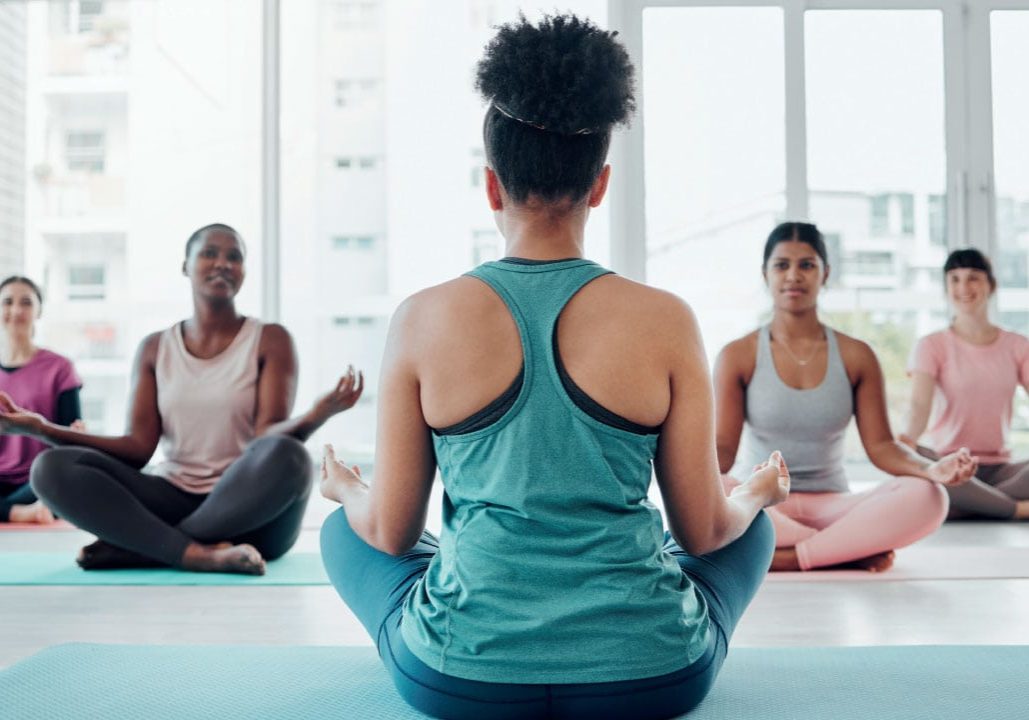
Is everybody really included?
Yoga is for everybody, at least that’s we’re told. But is that a myth in London, perhaps the world’s most cosmopolitan city, where teaching demographics remain much the same as years ago. By Paula Hines
Reading time: 1 minute
This might be a bit of a niche topic – you can tell me, reader – but it is something that’s puzzled me of late.
I write this from the perspective of someone who is a born and bred Londoner who has, at the time of writing this, taught yoga here for almost 14 years and practiced yoga for about 25 years.
With the Covid-19 pandemic there was a downturn in the number of physical yoga spaces as many simply were sadly not able to survive through that time. But in the past 18 months or so, there’s been a change. A number of new studios have opened up around the city (no doubt with more to come) – a hopefully positive sign that should offer more options to new and experienced yoga practitioners alike.
Many put out a message of being inclusive and for everybody, but then a glance at the teaching team often reveals a group that looks like they come from the same demographic. Do I notice this more because I’m a black woman? Possibly. But for all the discussion over the years about diversity in yoga, I find this baffling in one of the most diverse cities in the world. In London, I know that there are good teachers from multiple backgrounds, ages, sizes, genders and abilities.
I’m often wondering why I don’t see teachers of Indian descent represented more. So, when I now see an entirely white, female team (who are usually also young and slim) in such a cosmopolitan city, it feels like a deliberate choice. It also leaves me questioning those “everybody is welcome” statements, because as a practitioner, these words on a website or in marketing material aren’t enough on their own to convince me that I would feel welcome.
I also believe it’s not about who appears in marketing. On more than one occasion I discovered my image being used without my knowledge to market yoga classes and workshops by businesses I had no connection to whatsoever. On all but one of those occasions it transpired that there were no teachers of colour on the faculty.
I’ve learned that other teachers of colour have had similar experiences and it made me wonder, why would certain businesses knowingly use the image of a teacher for marketing purposes but not hire them? Is it to give the impression of being more inclusive?
What do you think?
Paula Hines is a London-based yoga teacher and writer and the author of the book Rest + Calm (Green Tree, Bloomsbury). Discover more at: ucanyoga.co.uk


